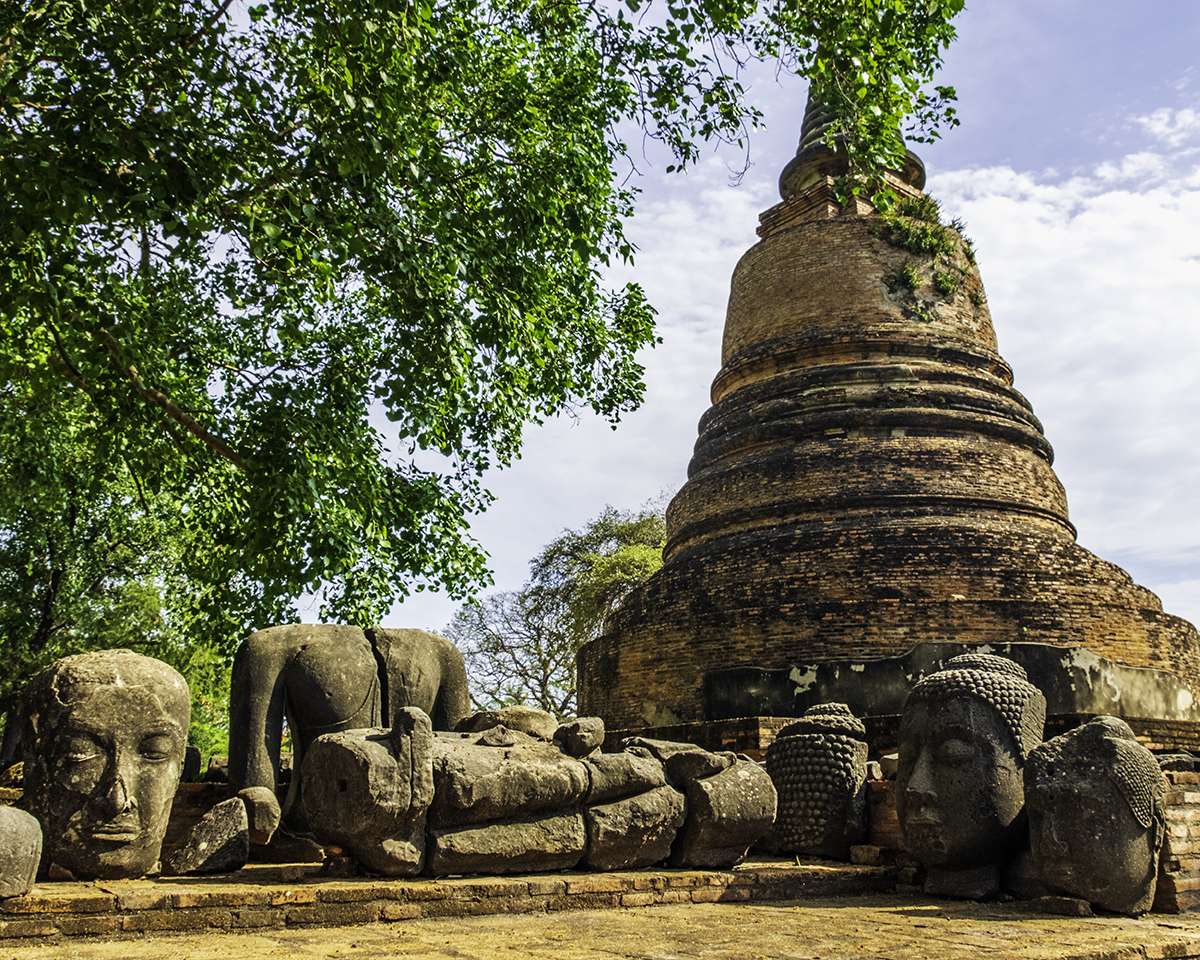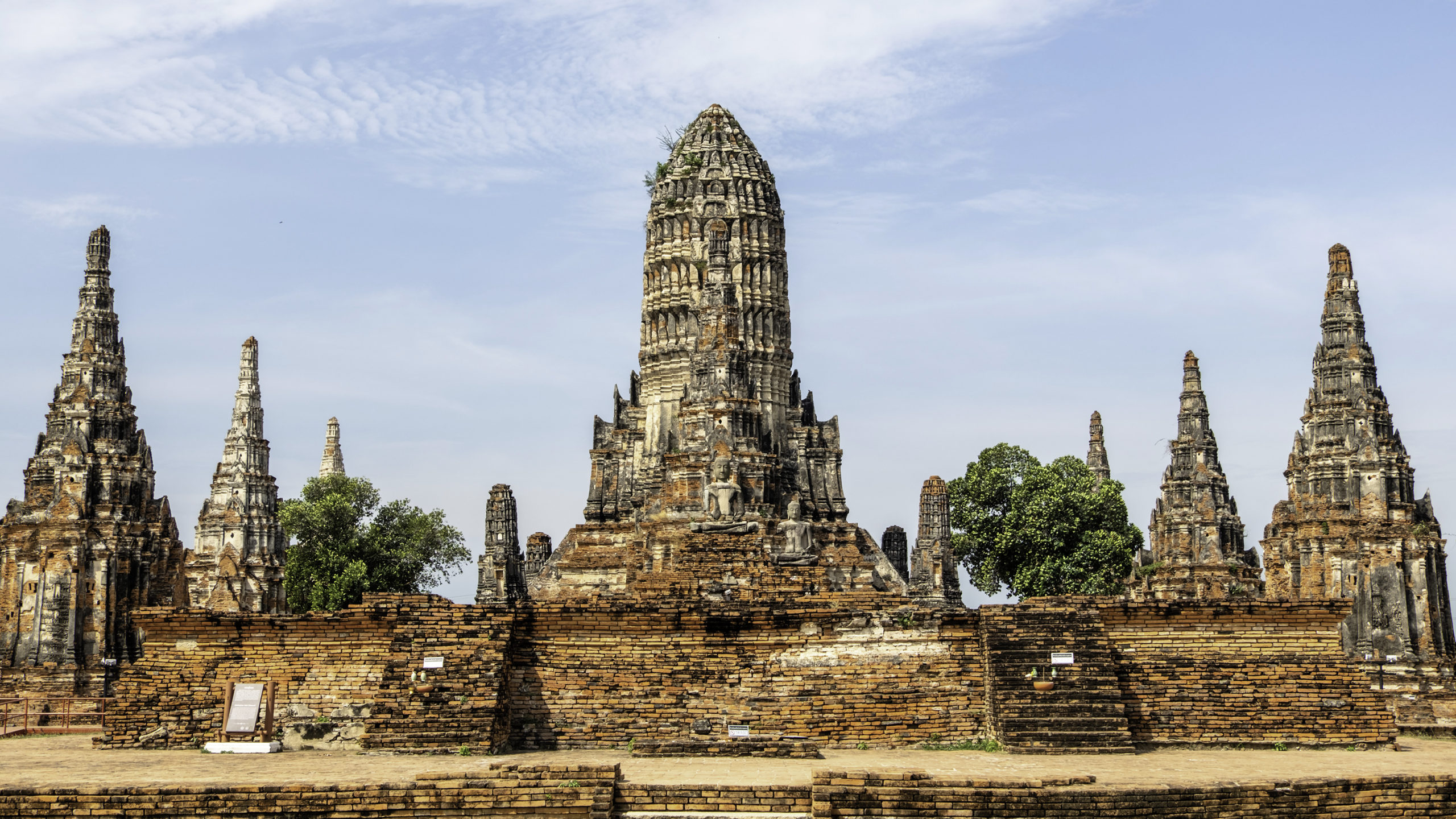
AYUTTHAYA: SIAM’S ANCIENT CAPITAL
The ancient seat of the Kingdom of Siam, precursor to modern day Thailand, Ayutthaya, a UNESCO world heritage site, offers visitors a glimpse at the ruins of what was once one of the greatest cities in the world.
With only a few days left on my tourist visa in Thailand, I made the decision to end my trip in Bangkok and find things to do around Thailand’s bustling capital. This lead me to the train station for a two-day trip to the former capital of Siam, Ayutthaya. Taking the cheapest option available, I exchanged the equivalent of $2 for the 3rd class train ticket that would set me on a 1h30 journey north to see Thailand’s equivalent of Angkor in neighboring Cambodia. Taking my seat in the very back of the train car, I opened the window next to me as wide as it could go and tried my best not to sweat through my clothes. Luckily, once the train gained speed, the constant flow of air, though warm, made the trip dare I say enjoyable. The same cannot be said for my return trip however, where I was not seated next to a window and the heat drained me and those around me of all energy, slowly cooking us on the way back to Bangkok, as we brushed the sweat off our faces with our hands and sleeves.
Modern Ayutthaya is not much to look at, with the focus being entirely on ferrying tourists to the various ruins that are spread out across the city. Accommodations are limited, though I was able to find a decent hotel that was walking distance to some of the main ruins, and would later find out was ideally located on the same street that the night market was held. I arrived in the late afternoon, and after checking-in, walked to the closest temple, Wat Mahathat. This temple is known primarily for a sandstone Buddha head that fell many years ago and over time was taken hold by nature and became embedded in the roots of a tree.
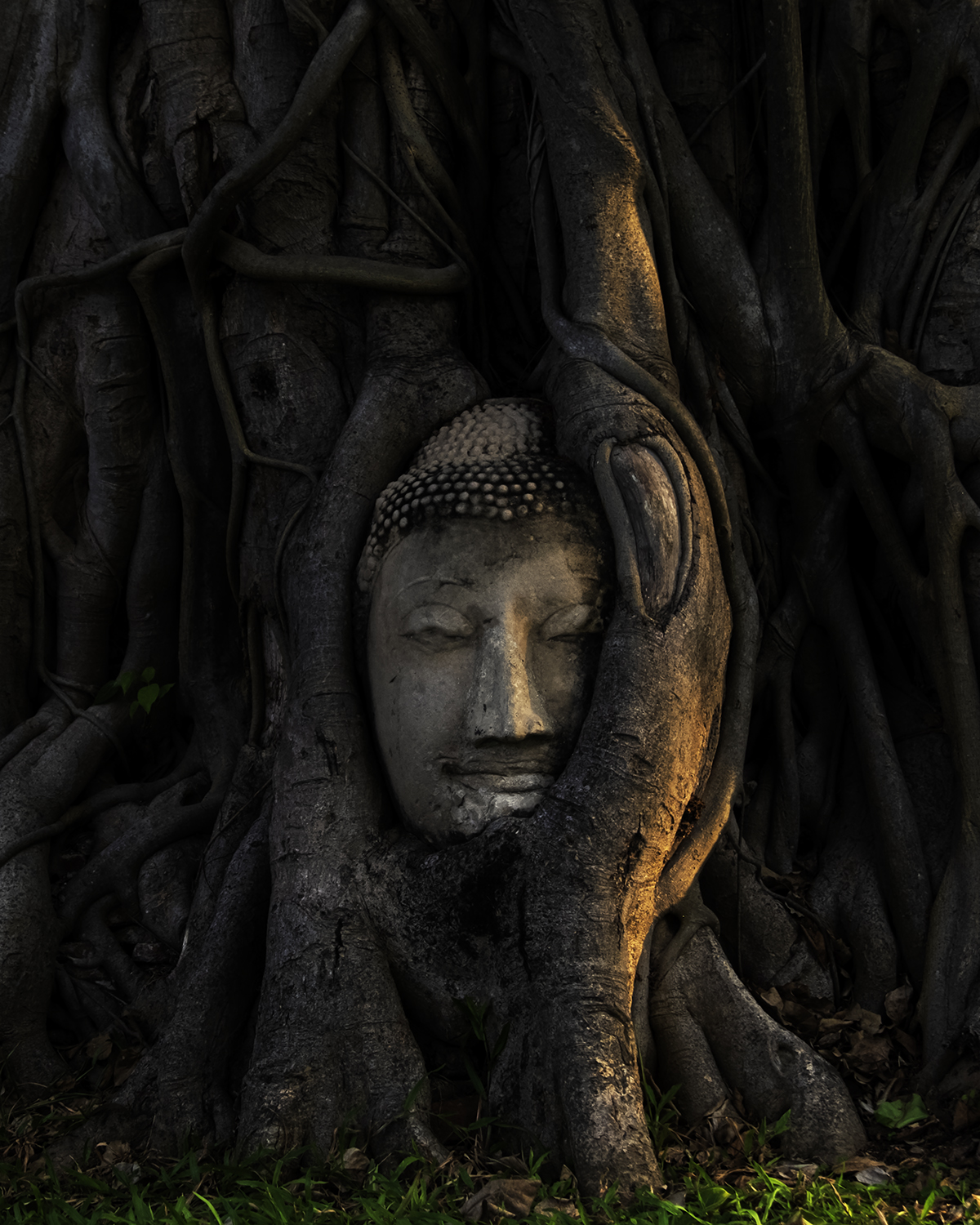
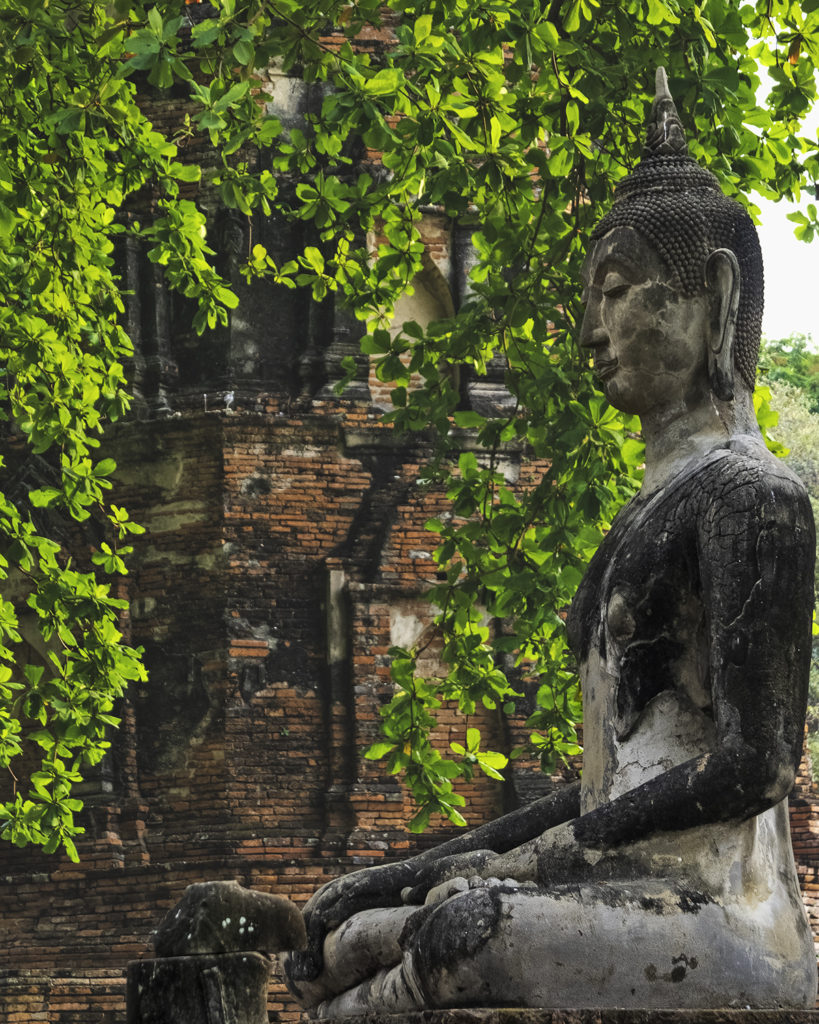
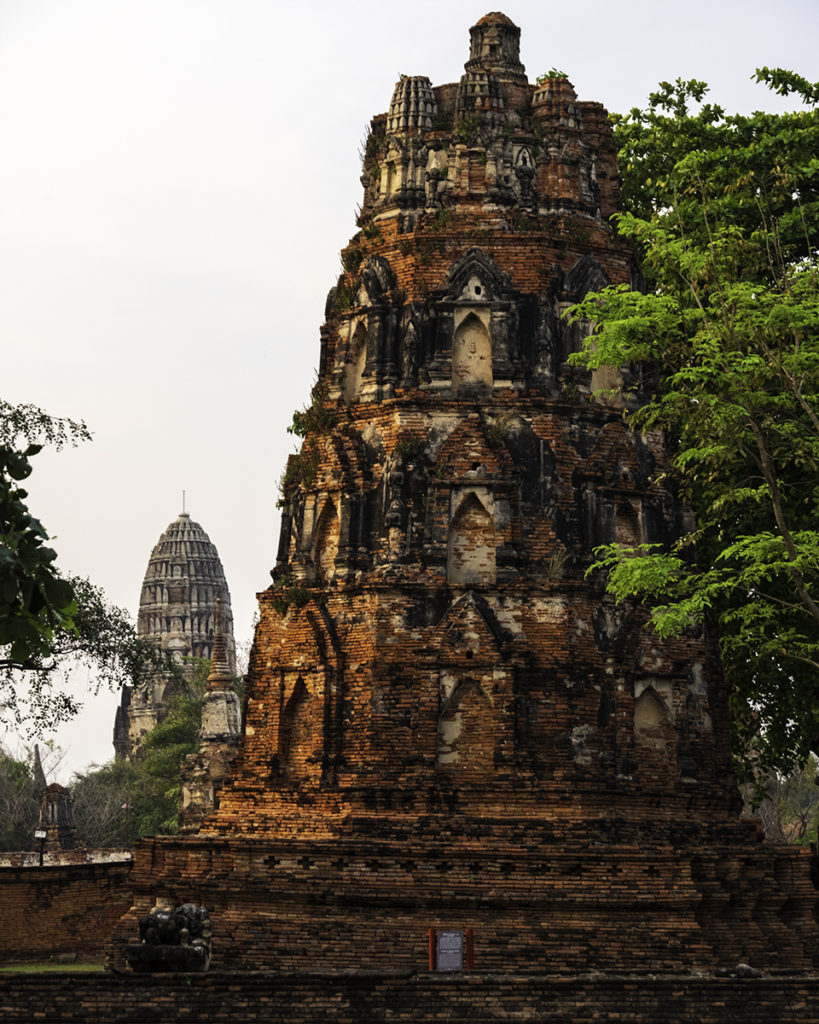
Unfortunately, once I left that temple to go visit another I was informed that they were all closed for the evening, meaning the next day would be filled with visiting as many ruins as possible before catching the train back to Bangkok. Dinner was spent enjoying various foods from stalls that lined the street for the daily night market, and with a full stomach I managed to get back to the hotel before heavy rains fell on the city.
The next day, I enlisted the help of a Tuk Tuk driver to take me to the most popular temples in Ayutthaya, as they are quite spread out in the city and time was ticking before catching the afternoon train. This proved especially helpful considering by mid morning the scorching sun was already proving the unrelenting opponent. While exploring the grounds of the ancient temples, long ago destroyed when the city fell to Burmese forces in the 18th century and was burned to the ground, I couldn’t help but think that finally after two months of being in Thailand, I was seeing some genuinely interesting temples. The ones I had seen previously paled in comparison to the intricate architectural masterpieces that I was now seeing. All the temples have had various forms of restoration work done to them, allowing visitors to better imagine what they must have looked like in centuries ago. Notably missing from the sites are the heads of most Buddha statues. Their severed heads in many cases stolen away, sold to private collectors and in many cases to museums around the world.
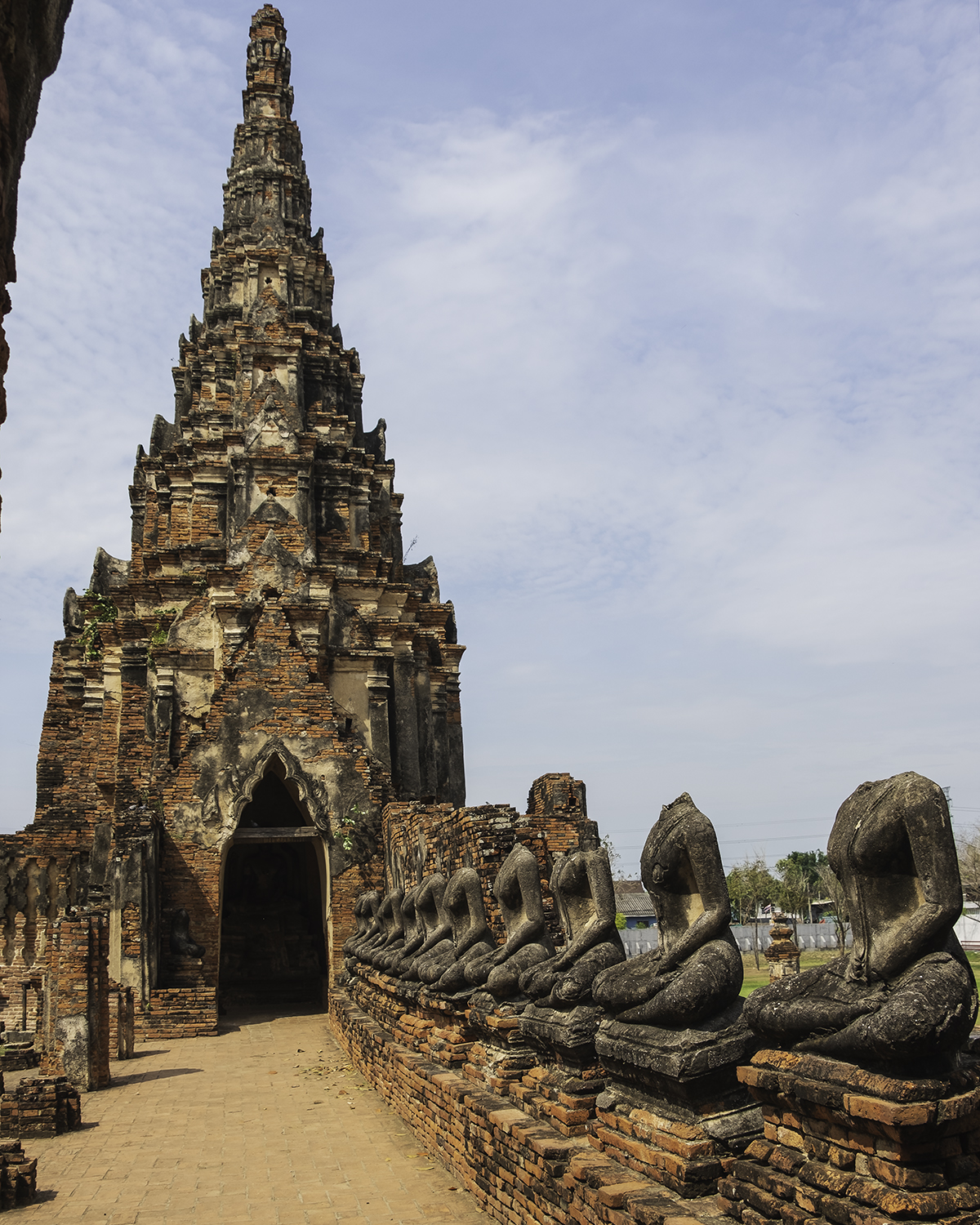
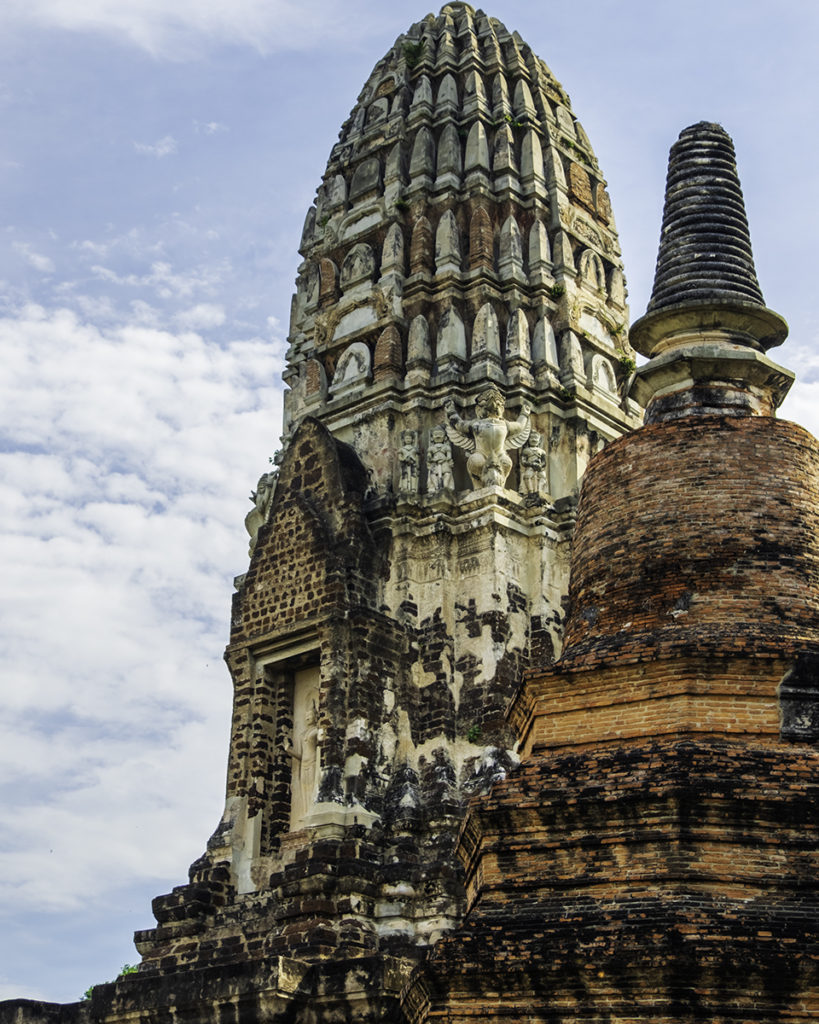
The highlights of Ayutthaya for me were its famous temples Wat Chaiwatthanaram and Wat Phra Si Sanphet. The first, a large temple built in 1630 as a memorial for the king’s deceased mother, is said to have been one of the grandest sites in the Ayutthaya Kingdom. The second, a much more restored site, Wat Phra Si Sanphet was the holiest of temples of the royal palace, famous for its three fully restored chedis that contain the ashes of three of the kings of Ayutthaya.

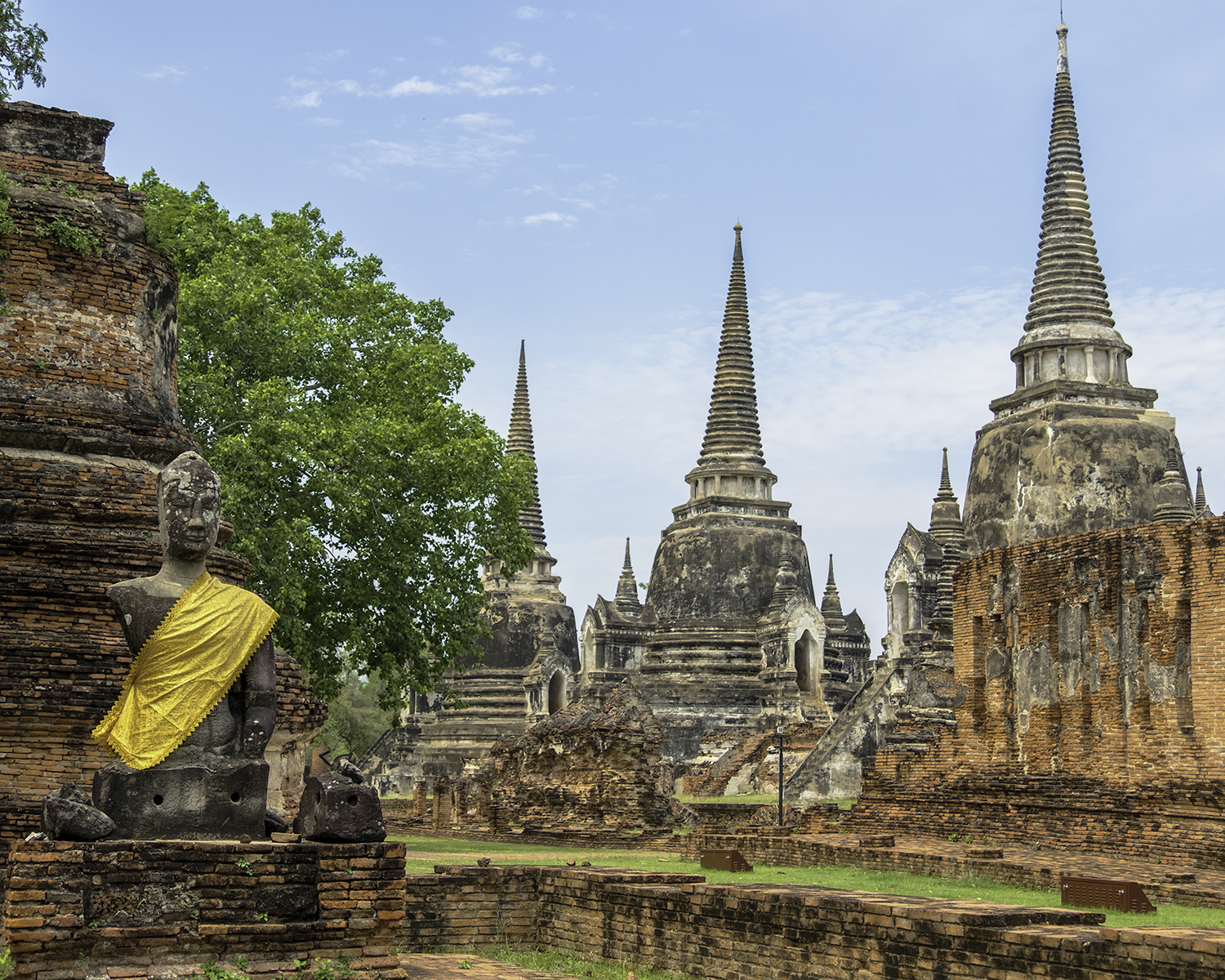
With a full day spent walking the ruins of an ancient kingdom spanning over 400 years, one of the grandest cities of its time, it brought upon the reflection of how quickly the great empires and cities of the world can become forsaken as footnotes in the annals of history; and what the future holds for those of the modern world.
